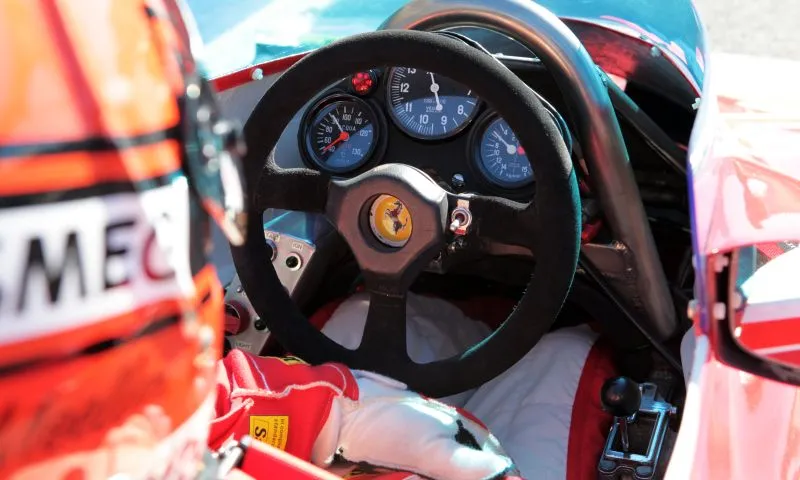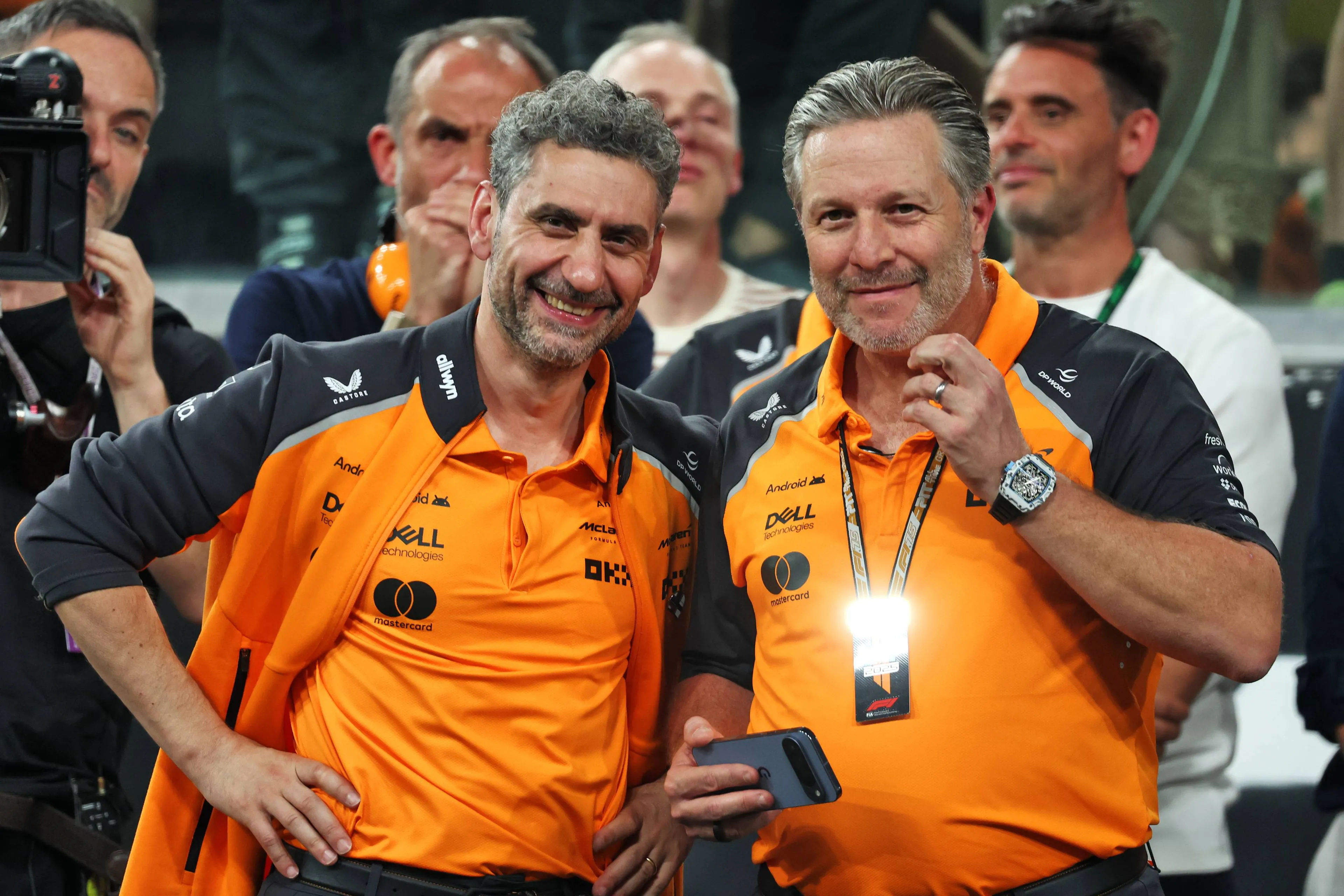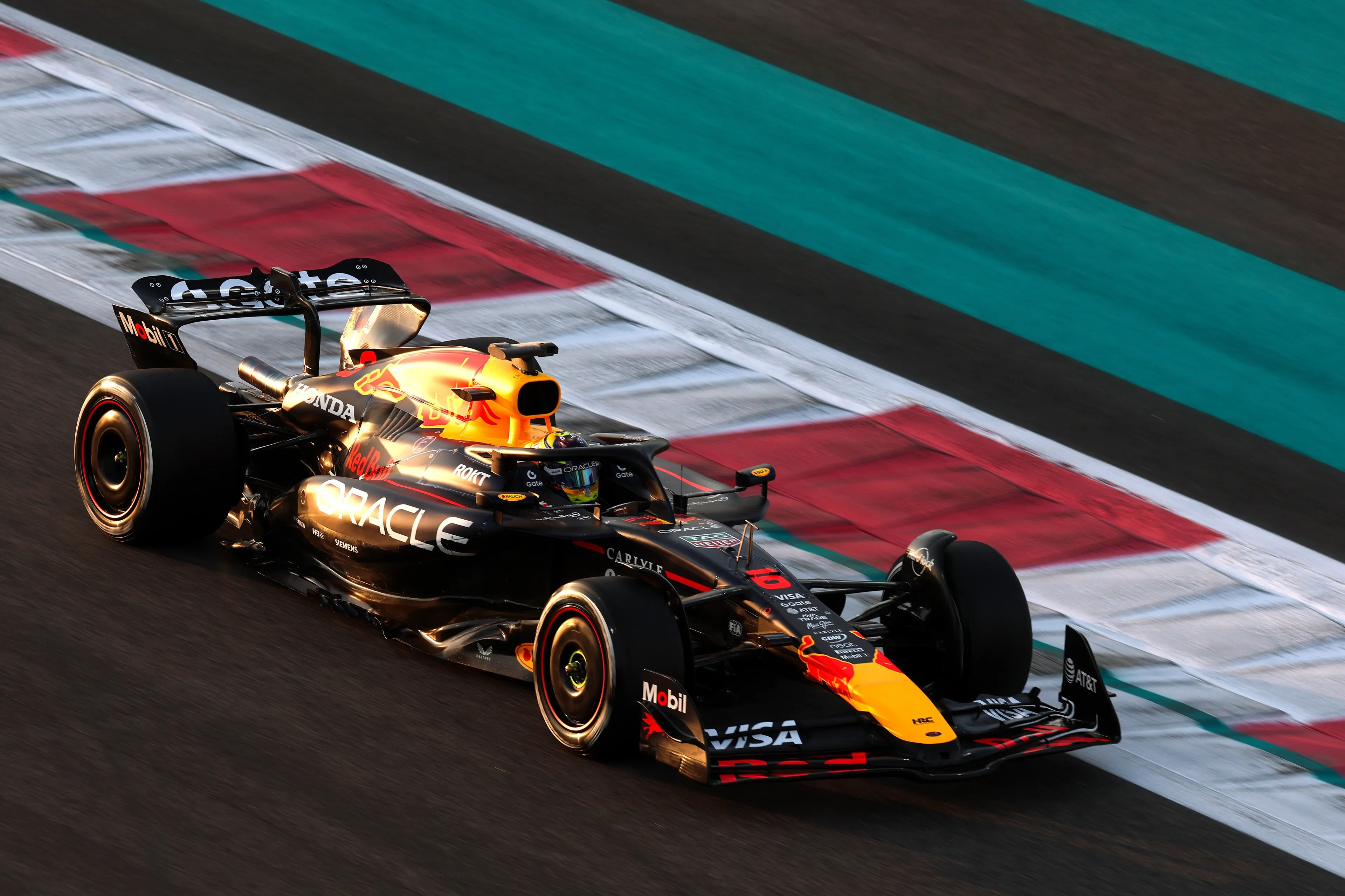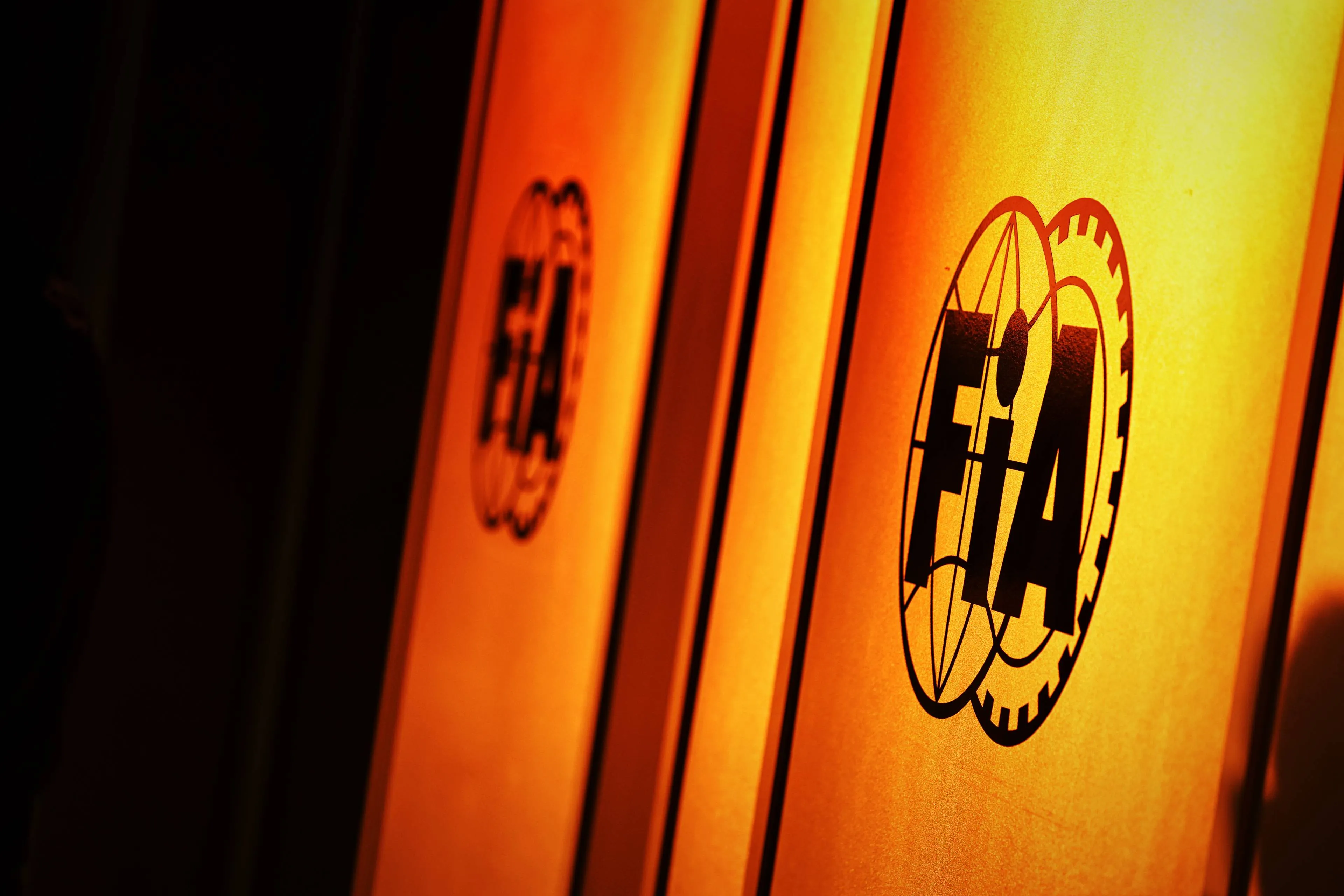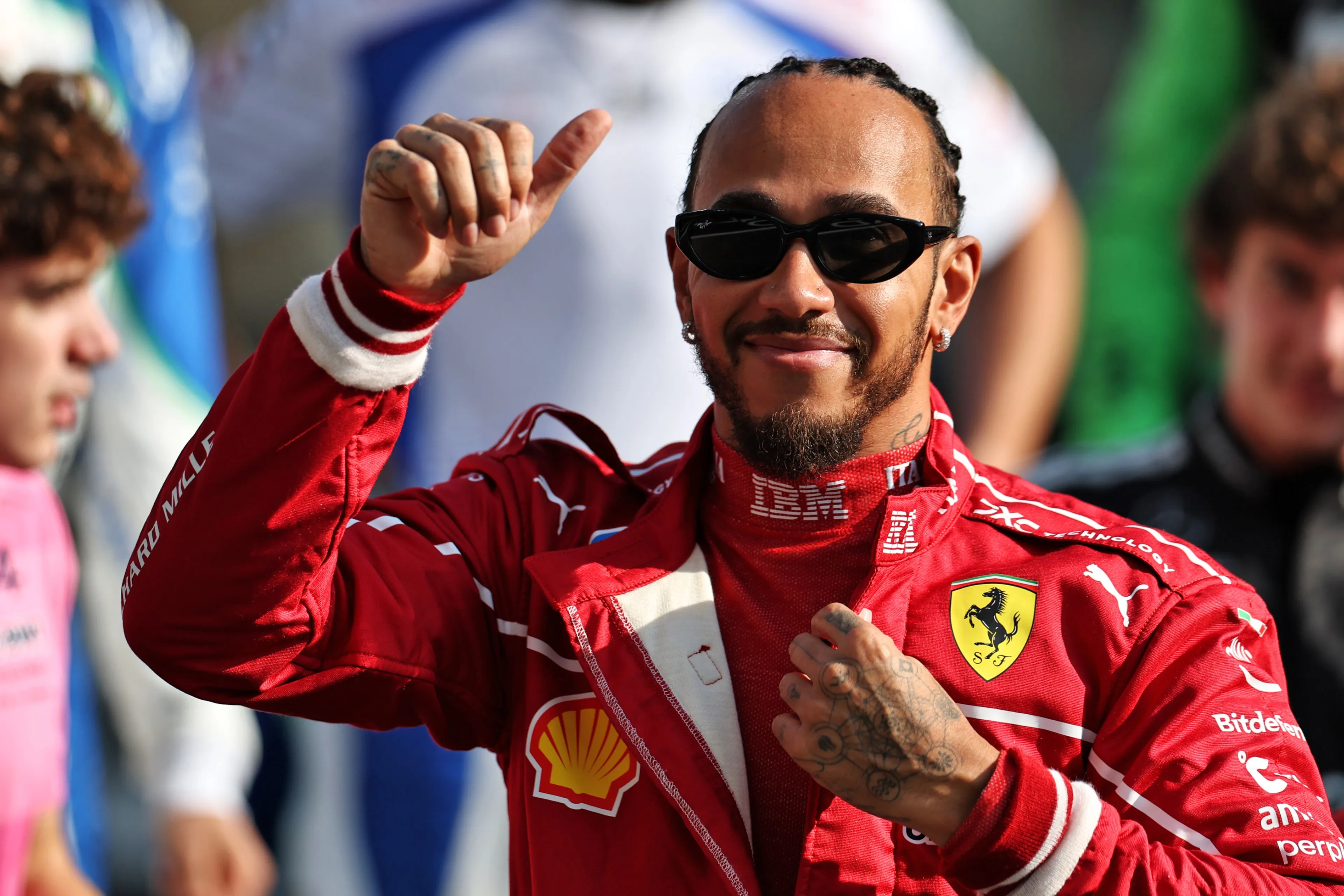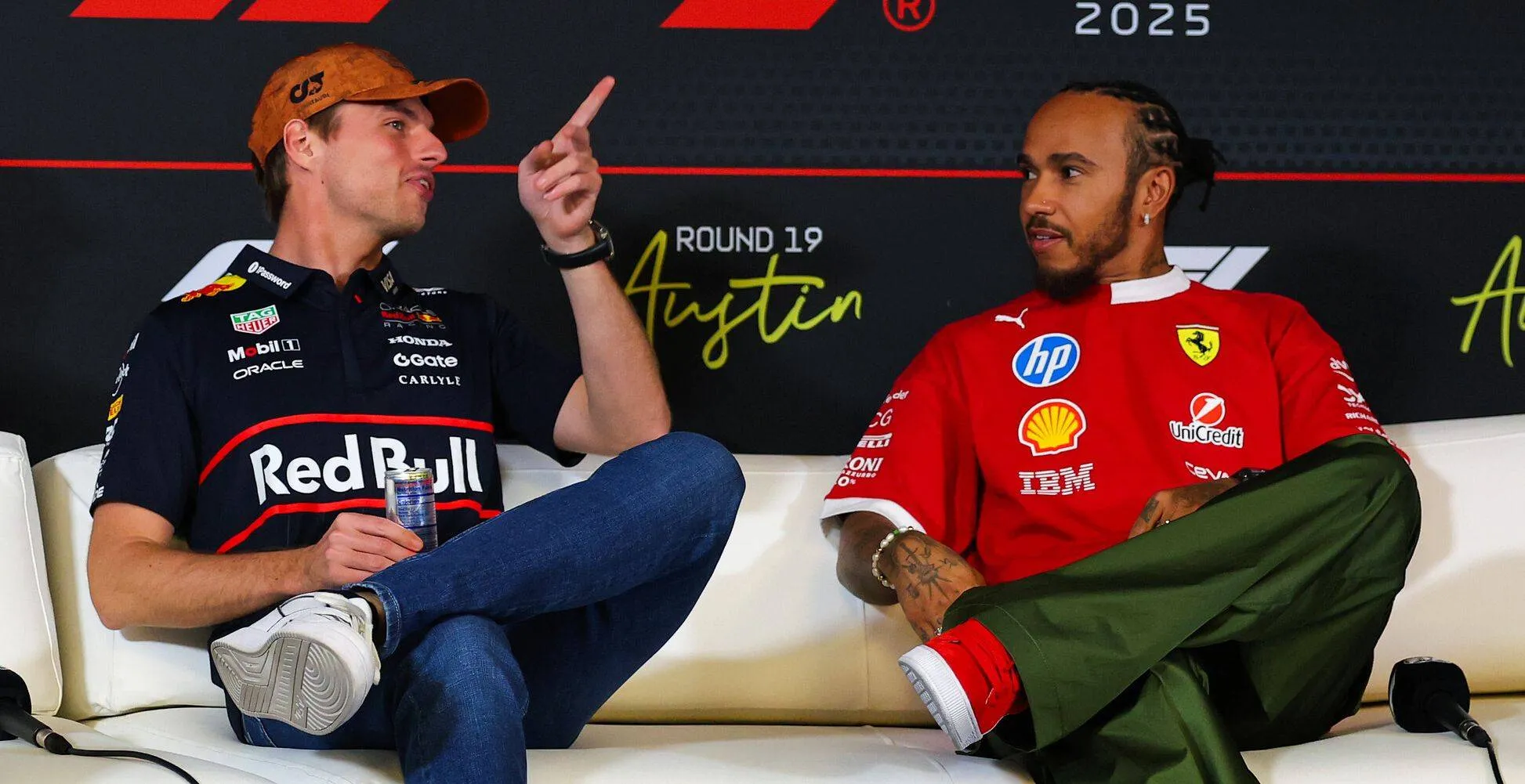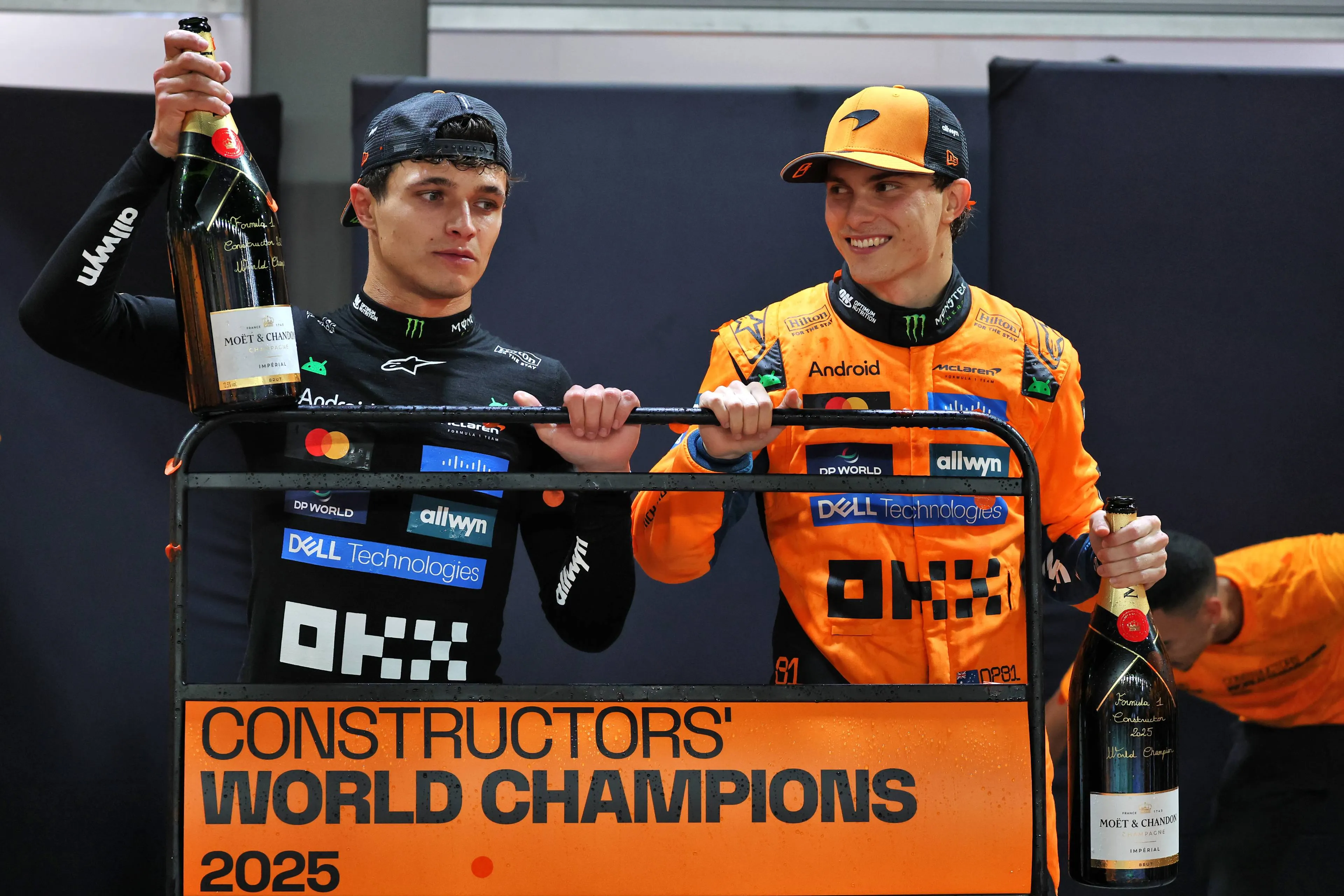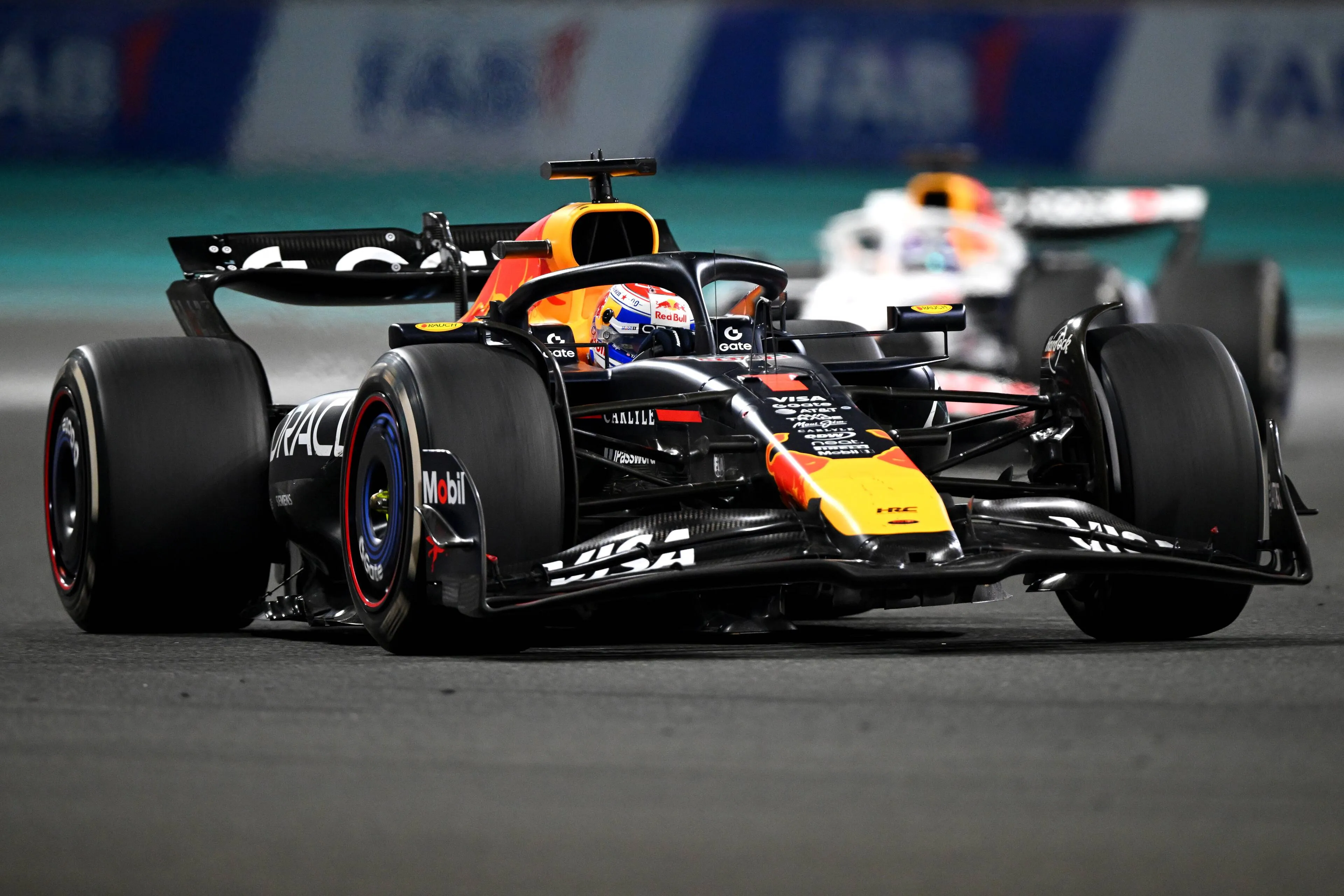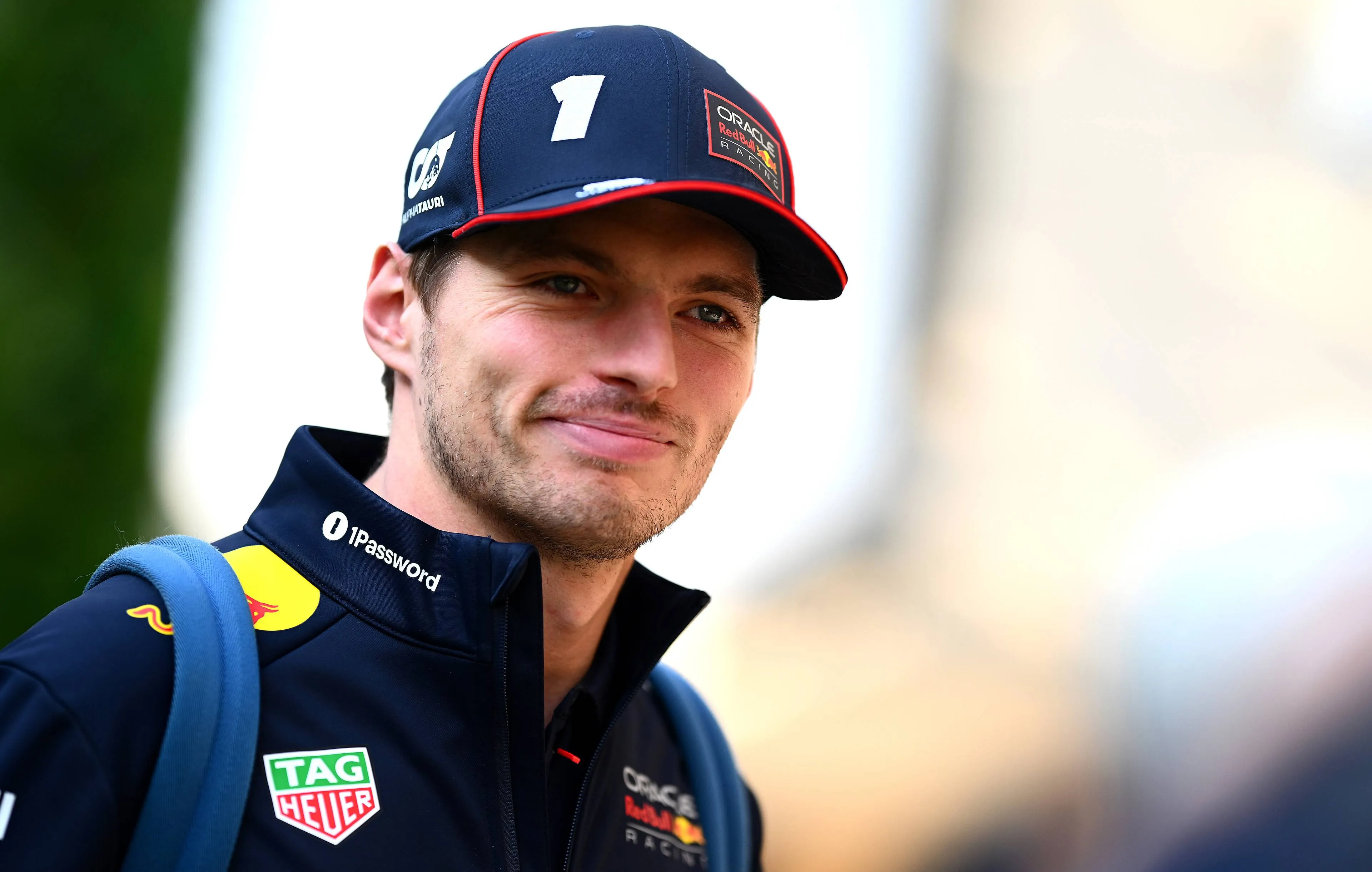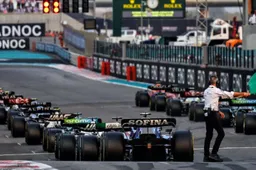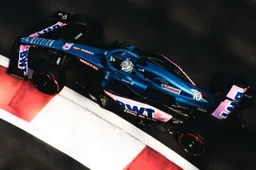A documentary entitled 'Villeneuve Pironi' will be aired on Sky Documentaries over Christmas, focusing on the story of the two Ferrari champions and their complex relationship. The documentary comes in the year that marks the 40th anniversary of Gilles Villeneuve's death and the 35th anniversary of Didier Pironi's and includes various testimonies from family members and colleagues. Who were these two drivers, though? And what happened between them, marking their lives forever?
Gilles and Didier
Gilles Villeneuve was born in Canada in 1950, and from a young age had started racing with his brother Jacques, first on snowmobiles and then on cars. He had thus arrived in Formula 1, where he introduced himself to everyone as class of 1952, to make himself more attractive in the eyes of the team. The first to believe in him were those at McLaren, but they dumped him at the end of 1976. He thus moved to Ferrari, replacing none other than Niki Lauda. From 1977 he was then a driver for the Scuderia di Maranello, where he managed to make himself madly loved by the fans, to win the trust and affection of Enzo Ferrari, and to distinguish himself for his driving style always on the limit.
Didier Pironi, on the other hand, was born in France in 1952 and from the age of 15 began his ascent in the minor motorsport championships. He landed in Formula 1 in 1978, when he was given the wheel of the Tyrrell alongside his friend Depailler. Later, in 1980, he moved to Ligier, where he made a name for himself, attracting the attention of Enzo Ferrari. The founder of the Prancing Horse was thunderstruck and decided to bring Pironi to Ferrari, where he would team up with Gilles Villeneuve.
Together in Ferrari
On the starting grid of the 1981 season Ferrari, therefore, present Gilles Villeneuve in car number 27 and Didier Pironi in car number 28. The two immediately established a good relationship and became friends, and both were much loved by Enzo Ferrari. The car that year, however, was unreliable and difficult to handle, and the two drivers finished seventh and thirteenth in the championship, with only two wins, both by Villeneuve. Expectations were all on the following season.
In 1982 Villeneuve was designated as the big favourite of the season, and the hierarchies in the team were expected to put him in a favourable position. The Canadian driver did not have an easy time, and in the first three races he collected two retirements and a disqualification. Relations with Pironi also became strained. Finally, however, at the fourth Grand Prix of the season - the one at Imola - the two Ferraris found themselves in the lead, with Villeneuve ahead of Pironi, fifteen laps from the end and with a large gap over the pursuers.
In the pits it is decided to preserve the cars and therefore freeze the order of arrival of the two drivers. Thus the 'SLOW' sign was displayed, which Villeneuve immediately respected by lowering the pace. The ambitious Pironi, however, does not accept this and engages in a fight for first position with the Canadian, finally managing to win. Villeneuve is furious, both with his team and, above all, with Pironi. The Canadian thus takes the salute away from the Frenchman and accuses him heavily in front of the press. It is open war between the two.
No happy ending
At the next GP, held in Belgium, Villeneuve arrives practically separated at home. The snub suffered in the previous race burns too much, and he wants to finish ahead of Pironi at all costs, who is also ahead of him in the championship. So he drives even more to the limit than normal, and in qualifying, he puts everything he has on the track to improve on his companion-rival's time. On the last available lap, Villeneuve's Ferrari crashes into Jochen Mass' March from behind, taking off and falling violently to the ground, disintegrating. Villeneuve is thrown out and ends up against the fences, suffering very serious injuries. That same evening, he dies.
Pironi in Belgium decides not to race, but from the next race he gets behind the wheel again and with five races to go he finds himself leading the world championship. In Germany, however, during practice Pironi did not see Prost's Renault driving at low speed, hidden by the rain, and crashed into it violently. The dynamics of the accident are identical to the one that cost Villeneuve his life. Pironi survives, but the serious damage to his legs forces him to retire from Formula 1. The 1982 title went to Keke Rosberg, with the French driver finishing second even without contesting the last five races.
Pironi thus decided to switch to powerboating, once he realised he could no longer return to Formula 1. Racing on water was a passion he shared with Gilles Villeneuve. However, his career at sea was very short and unfortunate: on 23 August 1987, his boat capsized at high speed during a race, leaving him and his crew no chance. A few months after his death, his partner Catherine gave birth to twins. Their names? Didier and Gilles.
Read more about:
Popular on GPBlog
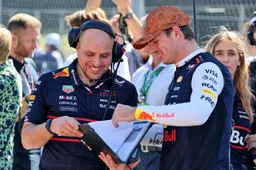
1
F1 Today: Verstappen handed big Lambiase news, F1 team makes changes to launch date
955 times read
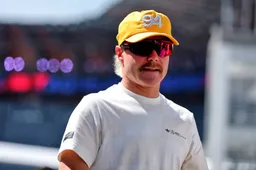
2
Valtteri Bottas makes Ferrari switch ahead of 2026 season opener
692 times read
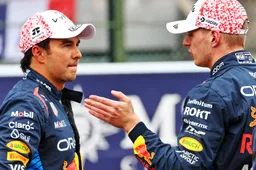
3
Perez is mostly just seeking attention with an absurd claim about Verstappen
580 times read
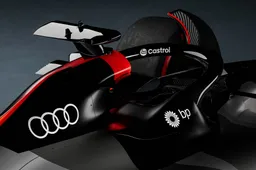
4
Audi land first historical milestone as long-awaited F1 debut looms
565 times read
Loading
